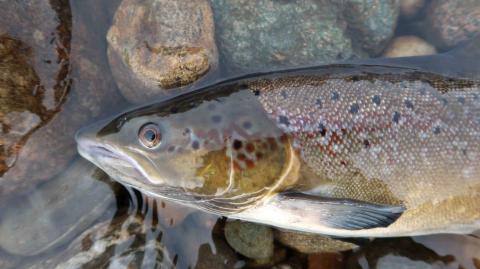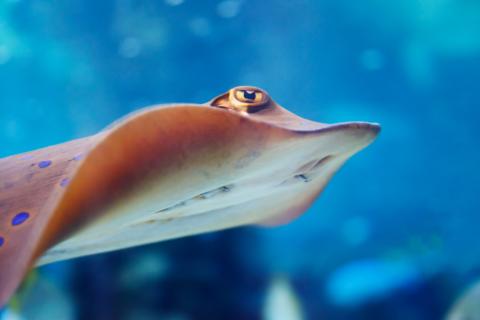Study shows bottom fishing reduced by 81% in protected deep-sea ecosystems, but infringements continue
Since the implementation of protective closures in 2022, bottom fishing in European waters has declined by 81% in 87 vulnerable marine ecosystems located at depths of 400-800 metres, a study published in Science Advances reveals. However, according to the authors, these deep-water regions continued to receive many incursions by Spanish and French vessels.

José Carlos Báez Barrionuevo - pesca UE EN
José Carlos Báez Barrionuevo
Researcher at the Spanish Institute of Oceanography
Does the press release accurately reflect the study?
‘No. Because it talks about ‘fishing hours’, but both in the study and the data used in the study are GFW [Global Fishing Watch] data which refer to apparent hours of fishing’.
Is the study of good quality and are the conclusions supported by solid data?
‘No. Because it assumes that the GFW data are cleaned and this is not the case. The authors should have corrected the data through the VMS [Vessel Monitoring System]’.
How does this work fit with the existing evidence?
‘In principle, we have not received any official notification from the national authority about the detection of fishing in protected areas’.
Have the authors taken into account confounding factors?
‘No. In fact, they assume that they are not errors in any case, when they already warn that the cases of fishing over protected areas could be at the boundaries of polygons. In my opinion, it is logical that when new polygons are delimited in the sea by confusion, boats will accidentally and accidentally enter inside the protected polygon’.
What are the implications for the real world?
‘In reality, it could have a negative impact on society in the fishing sector'.
Lissette Victorero et al.
- Research article
- Peer reviewed



